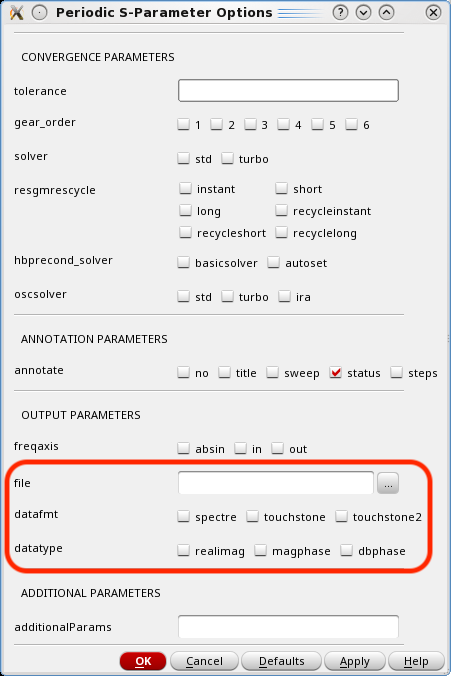

String values have to be enclosed in pairs of single ( 'Septime') or double ( 'Maxim's') quotes. String variables have to be declared explicitly with the STRING command, specifying their (maximum) lengths. Once opened, the dictionary can be used like any other. Variables in PSPP are either numeric (the default) or string. $sysfile->append_case ( )ĭata can be read from a system file or other source: use PSPP $var1->set_output_format ( (fmt=>PSPP::Fmt::DATETIME, width=>20) )

My $var1 = PSPP::Var->new ($dict, "entrytime", Since pspp uses a different epoch to perl, the constant PSPP::PERL_EPOCH needs to be added to the value returned from time(), in order that it be correctly represented by pspp.
Sample pspp syntax how to#
This example shows how to create a DATETIME variable using the current time as its value. where to get the examples of pspp syntax files,, 7. Re: where to get the examples of pspp syntax files, Bastin Daz, 7. However, the output format may be changed after the variable has been created. where to get the examples of pspp syntax files,, 7. A Simple example This example creates a system file called foo.sav, containing one variable called 'id'. See PSPP for details on each of the subroutines. $sysfile->close() Variables with differing input and output formatsīy default, a variable's output format corresponds to the input format. This page shows some simple examples of using the PSPP module. This example creates a file with 3 cases. Data is added by appending cases to the file. When a file is created, it contains no data. $var1->add_value_label (1, "One") Appending data to the file $var1->set_label ("A unique identifier") $sysfile->close() Changing the properties of variablesĪfter a variable has been created, parameters may be set for it. Their formats are F2.0, A80 and DATETIME17 respectively. In this example there are three variables, called "id", "name" and "dob". $sysfile->close() A slightly more complex example My $sysfile = PSPP::Sysfile->new ("foo.sav", $dict) This example creates a system file called foo.sav, containing one variable called "id". In the syntax file enter the following command. Click on File in the menu bar and then on New and then on Syntax. To this you will have to create a PSPP syntax file and then execute the file. See PSPP for details on each of the subroutines. Now you want to change the value for d5sexmales to 1 for all the males in the sample. Getting started: What are SPSS and PSPP Obtaining PSPP Starting PSPP Views in PSPP Variables in PSPP The Variable View Configuring Variables Value Labels Other.
Sample pspp syntax free#
PSPP is a free alternative to the commercial SPSS software. This page shows some simple examples of using the PSPP module. This web site is a tutorial to help new statisticians get started with using PSPP for statistical analyses. Variables with differing input and output formats.


 0 kommentar(er)
0 kommentar(er)
